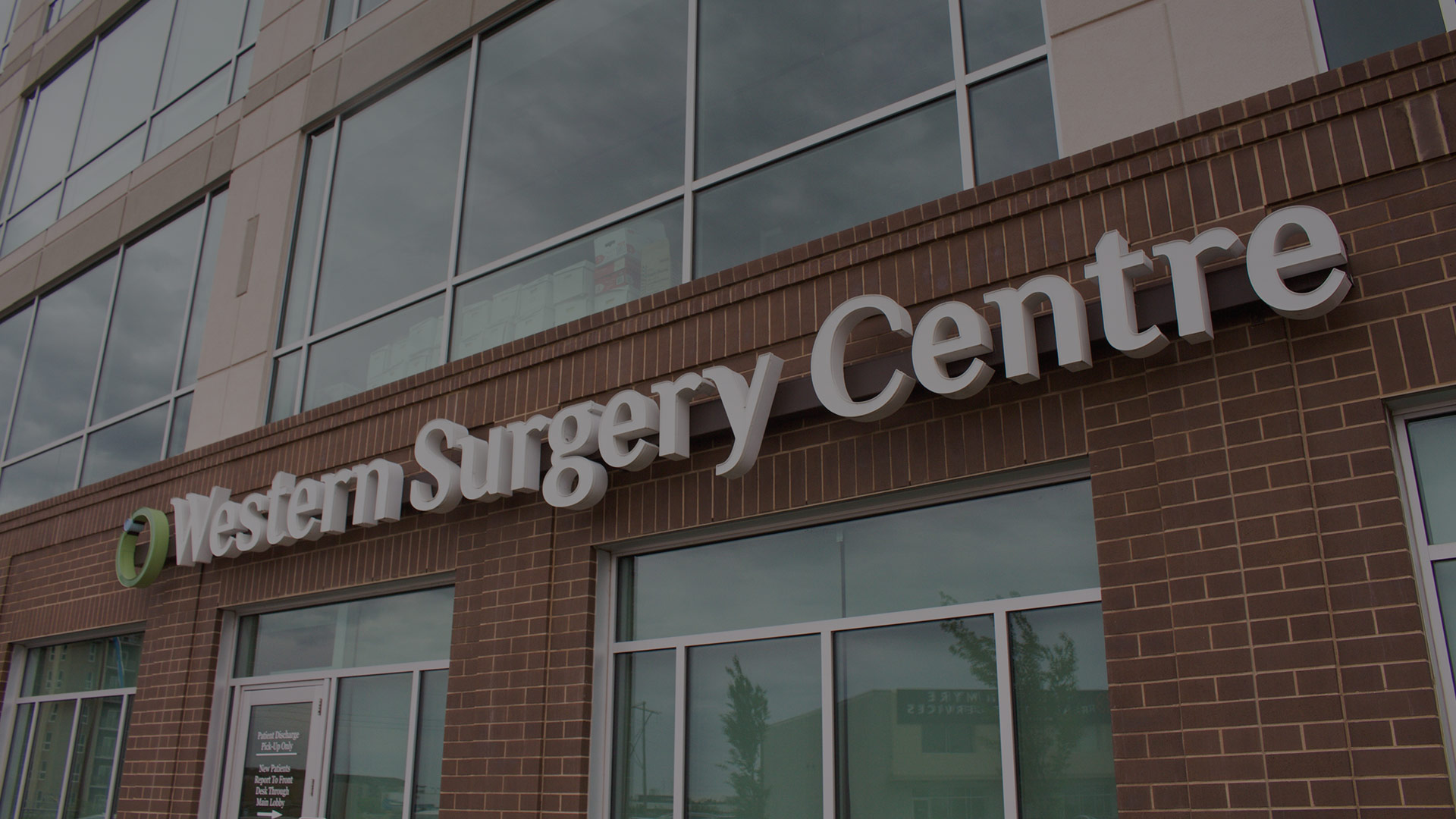08 Jul Eyelid Surgery: What You Need to Know
As we age our eyelids can start to sag, making us look older and more tired. In many cases, they can also feel heavier.
If you are experiencing droopy lids, you may wonder if an elective blepharoplasty, also known as eyelid surgery, is right for you.
Many people are unaware that our eyelids as we age. By our late 30s or early 40s, the thin skin of our eyelids starts to lose its elasticity and begins to stretch, resulting in excess folds of skin that may actually hang down over the edge of the upper eyelids. This can cause extra heaviness in the upper lid or feel the skin sitting on the lashes.
The muscles beneath our skin grow weaker as we get older, allowing fat to protrude through and cause bags, especially in the lower eyelids. The levator muscle, which lifts the upper eyelids, can become weak and cause the upper eyelid to droop. Fine wrinkle lines and creases appear in the delicate skin around the lids. The result is a tired, sleepy or sad look which can detract from the natural beauty of the eye area.
Aging around the eyes is largely determined by heredity. Chances are, if a parent had saggy eyelids, you will, too.
In 2012, eyelid surgery was the third most commonly performed cosmetic surgical procedure, and the number of people who undergo blepharoplasty continues to grow each year, with an increase of four percent from 2011 to 2012. The procedure corrects drooping upper eyelids and puffy bags below the eyes by removing excess fat, skin and muscle. In fact, many people choose blepharoplasty over a complete facelift because of the minimal cost, risk, and recovery time involved.
Under normal conditions, you should be able to return to daily activities within seven to 10 days. Initially, you may experience post eyelid surgery swelling, bruising, irritation or dry eyes and discomfort, which are controlled with medication, cold compresses and ointment.
These conditions are often treatable through blepharoplasty:
• Puffiness in the upper eyelids caused by excess fatty deposits
• Loose or sagging skin that creates folds or disturbs the natural contour of the upper eyelid, sometimes impairing vision
• Excess skin and fine wrinkles of the lower eyelid
• Bags under the eyes
• Droopiness of the lower eyelids
Good candidates for the procedure are adult men and women who have healthy facial tissue and muscles, do not smoke, and do not have a life-threatening illness or medical condition that could impact healing. The patient should have a positive outlook and realistic goals for improvement of the upper and/or lower eyelids and surrounding area.
To ensure you have both proper care and a positive experience, select your plastic surgeon carefully and ask specific, detailed questions, view several before/after photos of the surgeon’s work, and obtain several referrals from past patients to inquire about their experiences while in consultation. Board certified plastic surgeons will be happy to provide you with this information.


No Comments